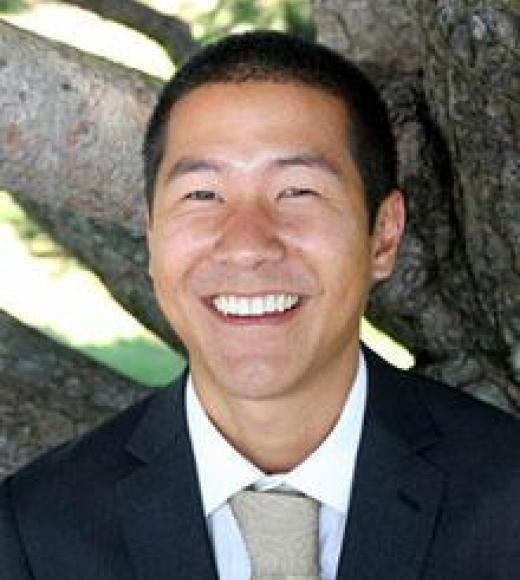
Position Title
Lawrence Livermore National Laboratory
Dr. Christopher Hahn
Abstract
Electrocatalysis for CO2 and CO Reduction: Using Microenvironments to Control Reactivity
A key challenge in electrocatalysis is co-designing the catalyst and its microenvironment to work in concert to efficiently steer complex reaction networks. First, I will discuss how we’ve used CO reduction experiments on Cu-based catalysts to demonstrate that controlling a combination of intrinsic catalyst factors (e.g., surface composition) and extrinsic catalyst factors (e.g., electrochemical potential and electrolyte pH) steers CO reduction selectivity primarily to a single multi-carbon product (>90% on a carbon basis). Next, I will describe the development of a tandem catalysis strategy on Au/Cu electrocatalysts to control the potential energy landscape of the CO2 and CO reduction at length scales beyond the active site and achieve synergistic catalytic activity for alcohols superior to that of either Cu or Au. Then, I will provide examples of CO2 reduction on catalysts supported on gas diffusion electrodes to discuss how the intrinsic catalysis and mass transport are interconnected through microenvironments, leading to emergent catalytic properties under industrially relevant reaction rates. Finally, I will conclude by providing our perspective on key remaining challenges to the scale-up of CO2 electrolyzers within the context of electrifying the chemicals manufacturing sector.
Biography
Christopher Hahn completed his doctorate at the University of California Berkeley in 2012, where he studied bandgap engineering of 1-dimensional nitride and oxynitride materials for solar water splitting. After receiving his Ph.D., he conducted his postdoctoral research on catalyst discovery for electrochemical CO2 reduction at Stanford University within the SUNCAT Center. He transitioned to a Staff Scientist position at SLAC National Accelerator Laboratory in 2015, where he was a Principal Investigator in the SUNCAT Center responsible for leading multiple projects in the areas of electrocatalysis for CO2, O2, and biomass conversion. He was also a Scientific Program Lead for the Durability Team of the Liquid Sunlight Alliance, a Department of Energy Solar Fuels Hub. Recently, he moved to Lawrence Livermore National Laboratory where he is beginning new projects on scale-up of electrolyzers and paired electrolysis.